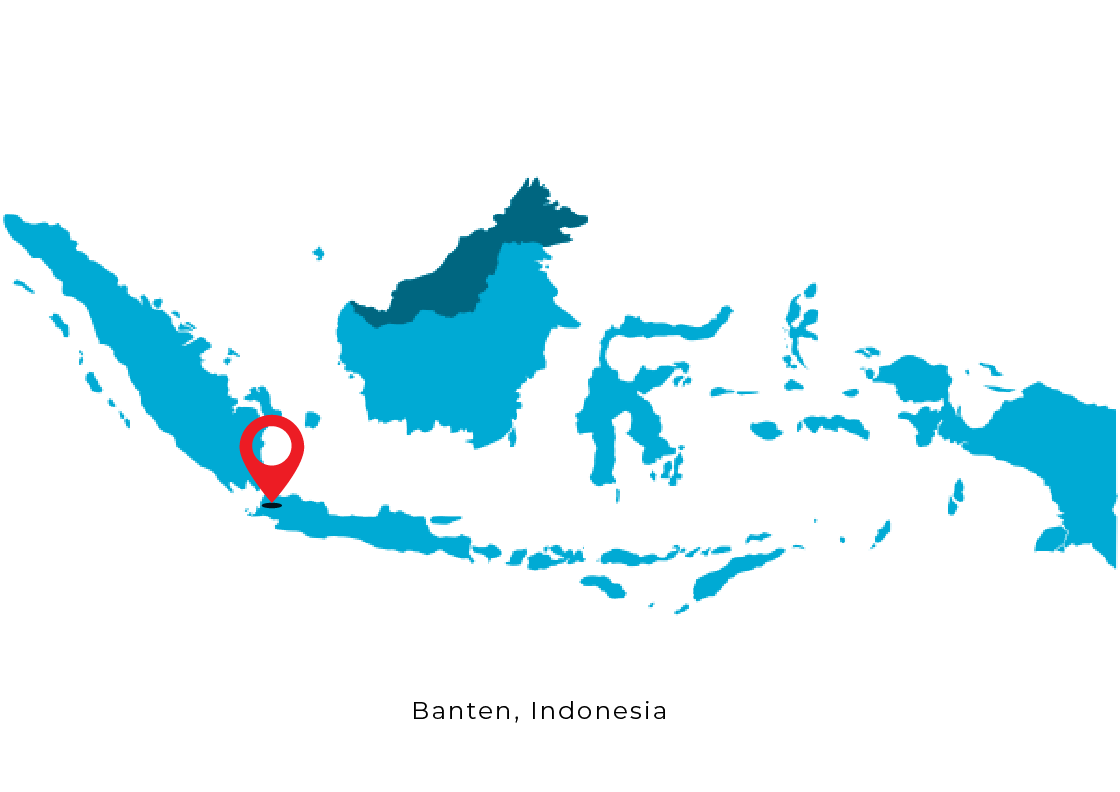Tracing The History of Batik Motifs in Baduy Lomar's
Abstract
This research aims to investigate the history of batik motifs applied to the head band, or "lomar," of the Baduy community and the batik tradition among the Sundanese people, particularly in the Banten region. A descriptive-qualitative method was used, with data collection through literature reviews, documentation, and interviews. The research findings indicate that the Sundanese people have a tradition of batik making, as documented in ancient Sundanese manuscripts. The study also found that batik has been circulating in Baduy since the 1960s, although customary rules prohibit products from outside their ancestral land. One of the pioneers in selling batik in Baduy, Ayah Nasirah, initiated the production by ordering batik from batik craftsmen in Karet, Jakarta. Due to business competition, a Baduy resident brought it to a Chinese businessman in Rangkasbitung and later mass-produced it in Pekalongan. Based on documentary studies, in the 1950s and 1960s, the motif of hariang or tapak kebo began to be applied to head bands worn by several Baduy individuals, although it was not as uniform as it is today. Until now, it is still unknown who initiated the production and the intellectual property rights to the motifs on the Baduy head bands, or lomar. In conclusion, the indigenous Baduy community does not produce batik. The batiks circulating and being applied to lomar head bands and cloth "lunas" are commissioned from batik producers in Pekalongan. In other words, Baduy is both the "brand name" and the "market" for batik products that are not produced in their customary territory. Nevertheless, the hariang and tapak kebo motifs, as well as other batik motifs that continue to emerge to this day, acknowledged or not, have become the identity of the Baduy indigenous community.
Keywords: History; Batik; Baduy; Banten
Unduh Jurnal Sendikraf Volume 4 Nomor 2 November 2023 dengan klik gambar di bawah ini.
Referensi
Buku
Djoewisno. (1987). Potret Kehidupan Masyarakat Baduy: Orang-orang Baduy Bukan Suku Terasing Mereka Yang Mengasingkan Diri. Banten: Cipta Pratama ADV.
Kurnia, A., & Sihabudin, A. (2010). Saatnya Baduy Bicara (Edisi Pertama). Jakarta: Bumi Aksara.
Susanto, S. (2018). Seni Batik Indonesia. Yogyakarta: Andi Offset.
Tricht, B. Van. (1920). Levende Antiquiteiten in West-Java. Batavia: G. Kolff & Co.
Geise, N.J.C. (2022). Badujs en Moslims: Kajian Etnografis Masyarakat Adat di Lebak Parahiang, Banten Selatan. Jakarta: Penerbit Buku Kompas.
Nurwansah, I. (2020). Siksa Kandang Karesian: Teks dan Terjemahan. Jakarta: Perpustakaan Nasional Republik Indonesia.
Jurnal
Apriyani, K., Kurnia, T., Trijaya. (2021). Motif Batik Sebagai Ikon dan Mitos Baru Identitas Kabupaten Lebak. Jurnal Budaya Etnika, ISBI, 5(1). DOI: http://dx.doi.org/10.26742/be.v5i1.1592.
Misno, Kurnia, A., & Rochman, L.K. (2021). Dilema Suku Baduy: Antara Kewajiban Ngahuma dan Keterbatasan Lahan Huma. Vol. 8, No. 2 (Juli-Desember). DOI: https://doi.org/10.32678/kawalu.v8i2.2641
Skripsi
Pratiwi, I.A. (2017). Kajian Motif Hias dan Makna Simbolik Batik Suku Baduy Banten. Skripsi S1. Universitas Pendidikan Indonesia. Diakses dari [http://repository.upi.edu/28262/] pada 22 Desember 2022.
Website
Isnaeni, H.F. (2021). Sukarno dan Baduy. Diakses di Historia.id melalui link [https://historia.id/kultur/articles/sukarno-dan-baduy-vg8q9] pada 22 Desember 2022.
Prosiding
Gunawan, A. (2017). Wastra dalam Sastra Sunda Kuna. [Paper Presentasi]. Seminar Internasional Pernaskahan Nusantara (SEMIPERNAS), Universitas Sebelas Maret, Surakarta.
Dokumen
Saputra, S. (1950). Baduy. Naskah 3 Pertemuan Pertama. Bandung: (Naskah diperoleh dari Enoch Atmadibrata, disalin dan didokumentasikan oleh Perpustakaan Unpad 1995).
Dokumentasi
Arsip Nasional Indonesia. (1950). Dokumentasi Kempen Jawa Barat 1950. Diakses melalui Museum Multatuli Lebak (2021) Pameran Sukarno Nyaba Banten. Rangkasbitung.
Leiden University Library. (2007). Southeast Asian & Caribbean Images (KITLV). Diakses dari [http://hdl.handle.net/1887.1/item:804566] pada 22 Desember 2022.
Rijksdienst voor het Cultureel Erfgoed, Ministerie van Onderwijs, Cultuur en Wetenschap Diakses melalui link: [https://www.collectienederland.nl/] pada 10 Mei 2023.
Museum Foto Netherland diakses melalui link [https://collectie.nederlandsfotomuseum.nl] pada 10 Mei 2023.
Wawancara
Wawancara dengan Jamal (39 tahun), warga Baduy asal Kampung Kadu Ketug III dilakukan pada 23 Desember 2022.
Wawancara dengan Arsid (40 tahun), warga Baduy adal Kampung Gajeboh dilakukan pada 23 Desember 2022.





0 Comments